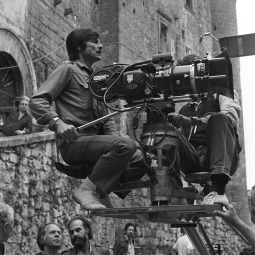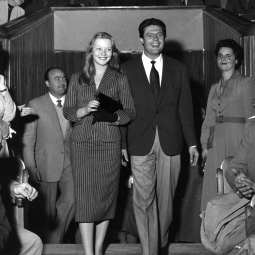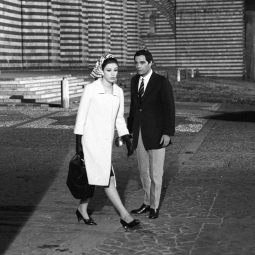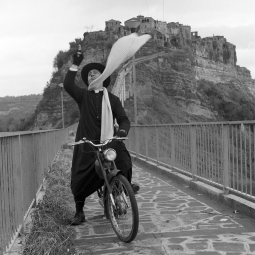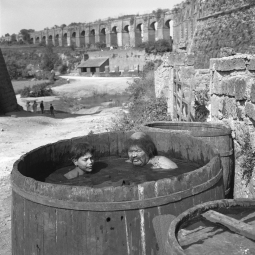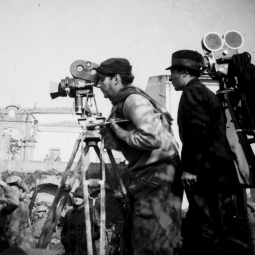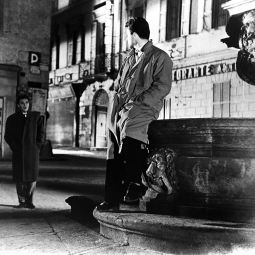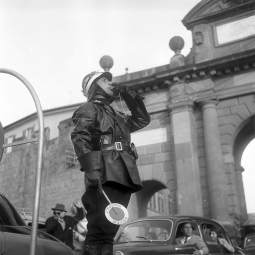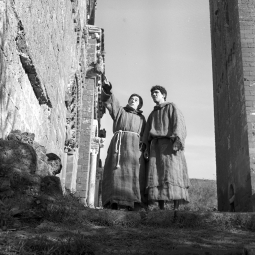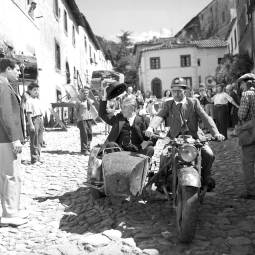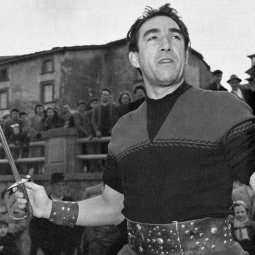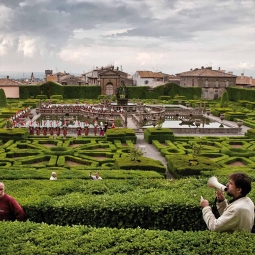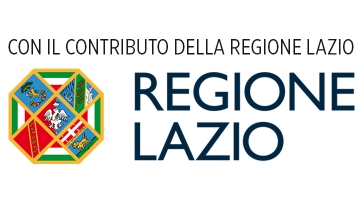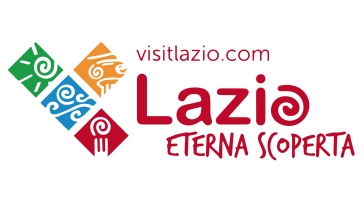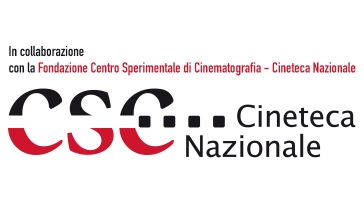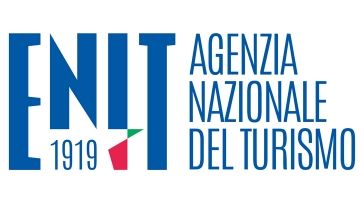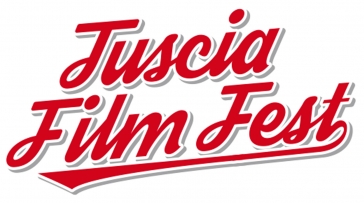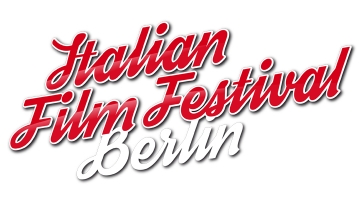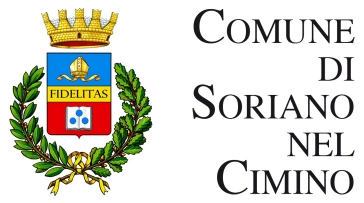Piazza della Rocca in Viterbo takes its name from Rocca Albornoz, the fortress commissioned by Cardinal Egidio Albornoz, built between 1354-1357. After centuries of reconstructions and alterations, Rocca Albornoz is now the seat of the National Etruscan Museum. The permanent exhibition includes finds dating back to the 7th-6th centuries BC and, in a dedicated room, the grave goods coming from the Tomb of the Chariot in Ischia di Castro, dating back to the end of the 6th century BC.
The terrace, located on the top floor of the museum, offers a wonderful panoramic view of Viterbo and the square itself, dominated by one of the most beautiful fountains in the city. The current fountain was built in place of an older one, the fountain of San Pietro alla Rocca: a first remodeling in 1449 was followed by a second one in 1575, when the architect Giacomo Barozzi, known as Il Vignola, enlarged the fountain giving it its current conformation.
Numerous modernizations were also carried out in the ancient Anguillara castle in Bassano Romano, now known as Palazzo Giustiniani Odescalchi. Transferred to the Italian State by the Odescalchi family in 2003, the building became the property of the Giustiniani family in 1595. We owe them the addition of the main floor and the expansion of the garden with paths, fountains and water features. The late sixteenth-century decorations and frescoes by Antonio Tempesta were also commissioned by the Giustiniani family. On the ground floor you can visit an interesting little theater.
The variety theater and the vaudeville, so dear to Federico Fellini, found their cinematographic space in the historic center of Capranica, chosen by the popular director as the location for some sequences of Variety Lights (1950). Surrounded by city walls, the historic center of Capranica is dominated by the majestic structure of the Castle, with the tower that now houses a clock. Palazzo Accoramboni, the Church of San Giovanni (19th century) with the beautiful wooden Crucifix from the 15th century, Palazzo Patrizi Naro, the Church of Santa Maria and the Church of San Pietro, built on the remains of a Roman temple, are all places that are worth a visit.
The same can be said for the Basilica of Castel Sant'Elia, a fine example of Romanesque style. The bell tower, built in 1260 by the canons of Santo Spirito in Sassia who had received the concession of the monastery from Pope Alexander IV two years earlier, was destroyed in 1855.
Fun fact
After the flop of two movies, The White Sheik (1952) and Mamma mia, che impressione! (1951), Alberto Sordi became rather unpopular among producers and distributors. The actor, therefore, went back to performing in theaters. When he was called by Federico Fellini to act in I vitelloni (1953), he was touring Italy with Wanda Osiris for the show Gran Baraonda by Garinei e Giovannini.
Sordi's participation in the film was accepted on condition that his name did not appear in the opening credits and on the posters. As the actor himself said, «I, of course, accepted the same, but I was busy with the theater. I can't leave the company, I told him. Don't worry, Federico answered me, I'll come after you. In fact, the film was shot in Florence, Rimini, Viterbo, following the Osiris tour».
Written by Franco Grattarola






